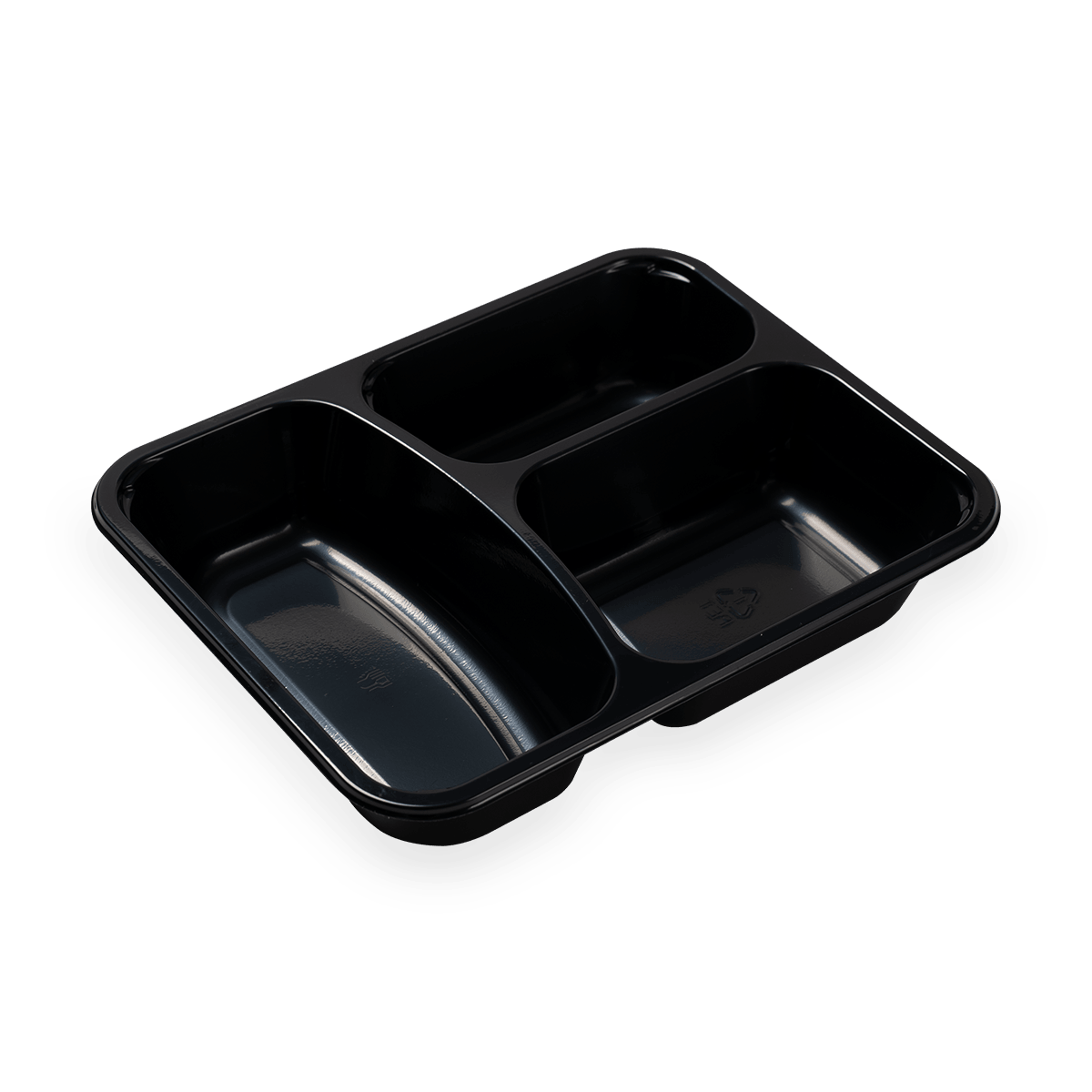CPET (Crystallized Polyethylene Terephthalate) trays typically exhibit good resistance to both acids and alkalis. Here's a bit more detail about their resistance to these chemical categories:
Acid Resistance:
CPET trays are generally resistant to a wide range of acids, including both weak and strong acids. They can withstand exposure to acidic foods and beverages without reacting with or degrading due to the acid content. This acid resistance makes CPET trays suitable for packaging acidic food items such as tomato-based sauces, citrus fruits, vinegar-containing dishes, and various fruit juices.
Alkali (Base) Resistance:
CPET trays also have good resistance to alkalis, or bases. They can withstand exposure to alkaline substances without undergoing significant chemical reactions or structural degradation. This alkali resistance is important for packaging foods that may have a high pH level, such as certain types of dairy products or alkaline-based sauces.

It's worth noting that CPET's resistance to acids and bases is generally a desirable characteristic for food packaging materials, as it ensures that the packaging does not react with or leach harmful substances into the food, thereby maintaining the safety and quality of the packaged products.
While CPET is resistant to a wide range of acids and alkalis, the specific performance may vary slightly depending on the formulation and any additional coatings or barrier layers applied to the trays. Manufacturers often conduct compatibility testing with specific food products and chemical substances to ensure their packaging materials meet regulatory and safety standards.
